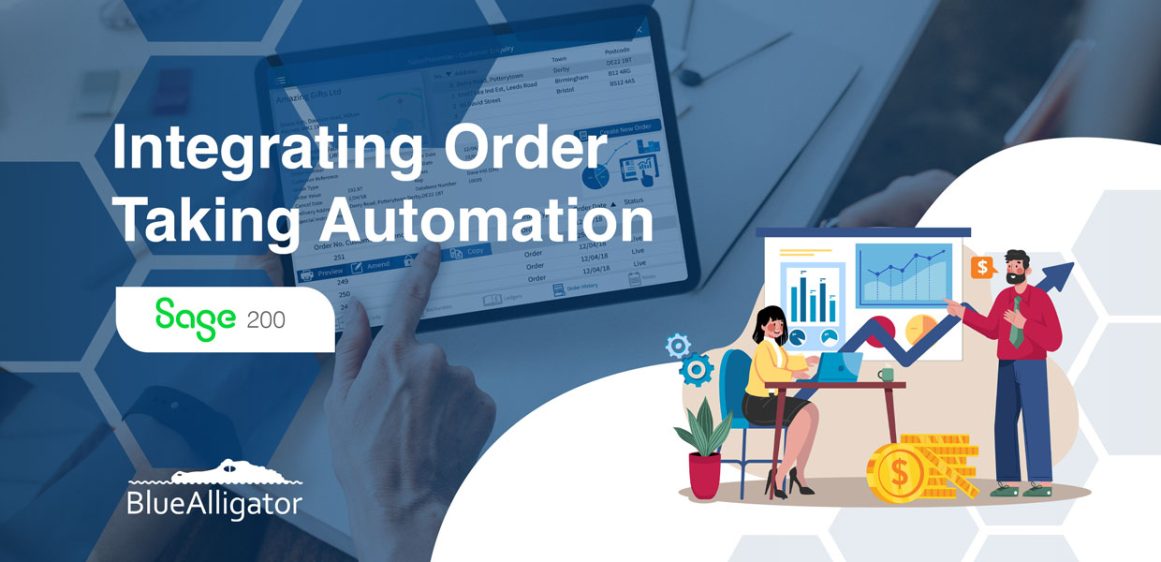
Integrating order-taking automation with Sage 200 can revolutionise wholesale operations but understanding the return on investment (ROI) is essential for decision-making. In this blog post, we’ll delve into the factors that contribute to the ROI of integrating order-taking automation with Sage 200, helping wholesalers assess the benefits and make informed investment decisions.
Understanding ROI in Wholesale Operations
ROI measures the financial return on an investment relative to its cost. When evaluating the ROI of integrating order-taking automation with Sage 200, wholesalers must consider various factors that contribute to both costs and benefits.
Cost Factors to Consider
Before integrating order-taking automation with Sage 200, wholesalers should assess the associated costs, including:
- Software Licensing: Costs associated with purchasing or licensing order-taking automation software and Sage 200 integration modules.
- Implementation Costs: Expenses related to software implementation, customization, data migration, and training.
- Maintenance and Support: Ongoing costs for software maintenance, updates, and technical support.
Key Benefits and ROI Drivers
Integrating order-taking automation with Sage 200 offers several key benefits that contribute to ROI:
- Efficiency Gains: Automation streamlines order-taking processes, reducing manual workload and speeding up order processing times.
- Error Reduction: Automated processes minimize errors associated with manual data entry, improving data accuracy and customer satisfaction.
- Inventory Optimization: Real-time insights into inventory levels and demand patterns enable wholesalers to optimize inventory management and reduce carrying costs.
- Improved Customer Experience: Faster order processing and accurate order fulfilment enhance the overall customer experience, leading to increased customer satisfaction and loyalty.
- Scalability: Automation and integration with Sage 200 enable wholesalers to scale their operations efficiently to accommodate growing order volumes and business expansion.
Calculating ROI: A Case Study Approach
To illustrate the ROI of integrating order-taking automation with Sage 200, let’s consider a hypothetical case study of a wholesale distributor:
- Initial Investment: The distributor invests $X in purchasing and implementing order-taking automation software and Sage 200 integration.
- Efficiency Gains: Automation reduces order processing time by X%, resulting in labour cost savings of $Y per month.
- Error Reduction: Automation reduces order entry errors by X%, resulting in savings of $Z per month in error correction and customer service.
- Inventory Optimization: Real-time insights enable the distributor to reduce inventory carrying costs by X%, resulting in annual savings of $A.
- Improved Customer Experience: Faster order processing and accurate fulfilment lead to an X% increase in customer retention and an X% increase in sales.
Conclusion
In conclusion, integrating order-taking automation with Sage 200 offers significant ROI potential for wholesalers. By considering factors such as efficiency gains, error reduction, inventory optimization, improved customer experience, and scalability, wholesalers can assess the benefits and make informed investment decisions. Through careful evaluation and calculation, wholesalers can unlock the full potential of automation and integration, driving profitability and growth in their wholesale operations.
To learn more about the ROI of integrating order-taking automation with Sage 200, contact us today.
